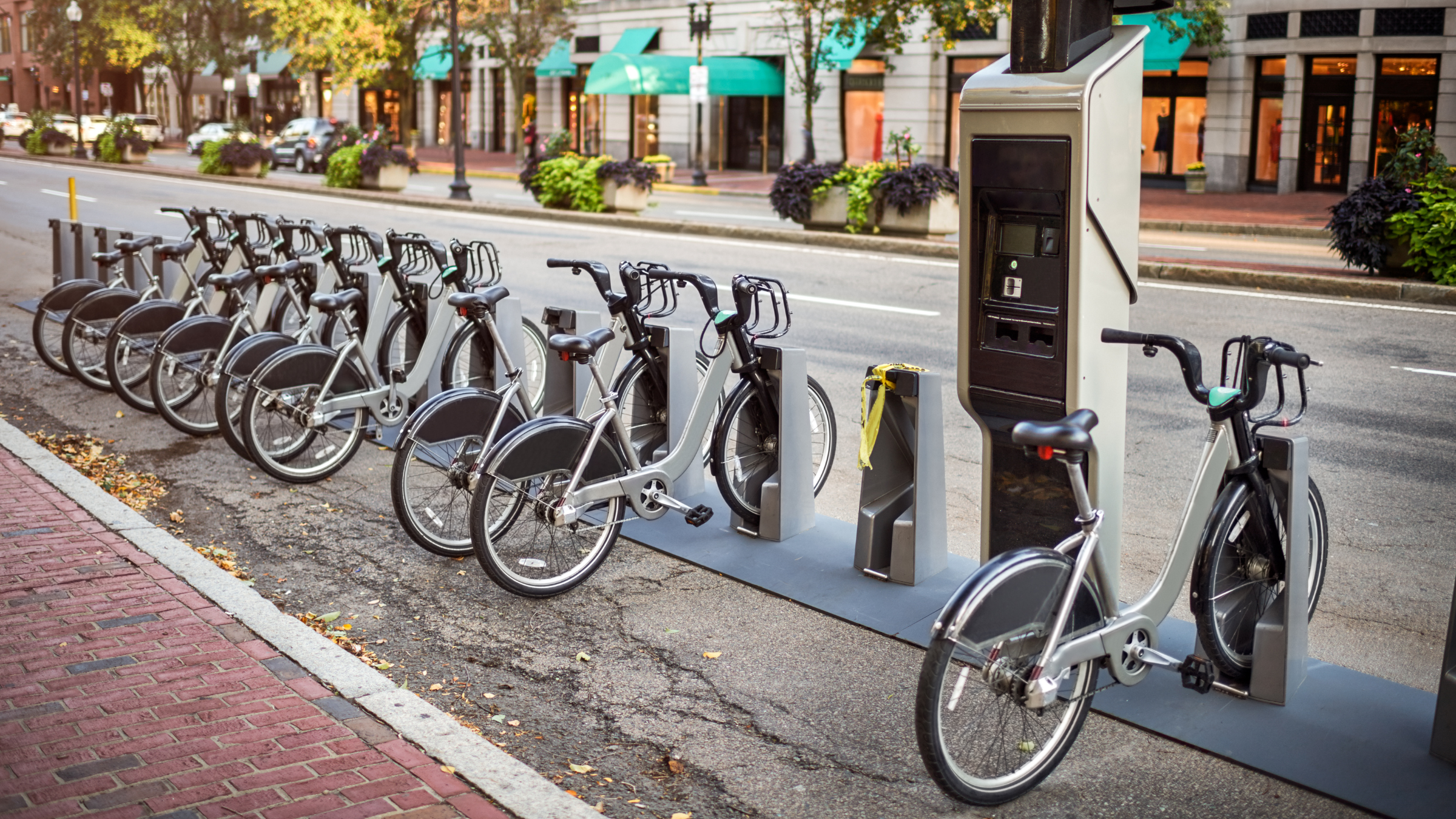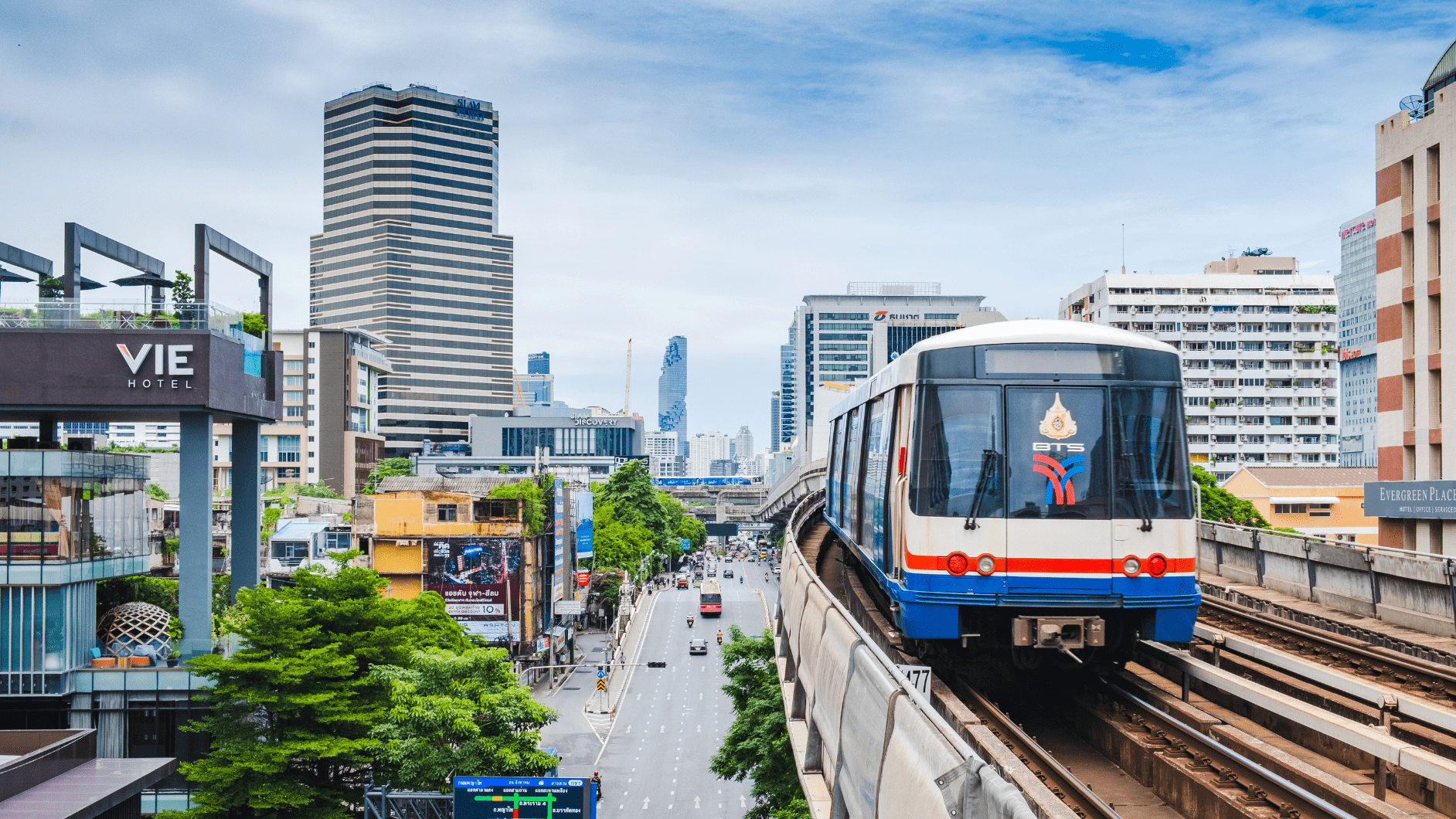How Micro Mobility Is Transforming Transit Agencies
by Andreea

Micro mobility is helping to reshape urban transport in cities around the world, allowing people to move quickly, affordably and sustainably. From e-scooters and shared bikes to compact electric vehicles, micro-transit options are changing how we think about transportation.
However, what exactly are micro mobility systems, and how do they work? In this article, we thought we would take a closer look at these options and explore some of the biggest benefits that they can provide to transit agencies and passengers.
What is micro mobility?
Micro mobility refers to small, lightweight vehicles that operate at lower speeds and are designed for short-distance travel. Most micro mobility options are either human-powered or electric, with some of the most common types including:
- Electric scooters (e-scooters)
- Shared bicycles (dockless and docked)
- E-bikes
- Small electric vehicles like mopeds
These vehicles are typically used for “first-mile” and “last-mile” journeys that connect people to or from public transit, workplaces, or home. These micro mobility systems are often shared, meaning users can rent and return vehicles as needed using a mobile app. This creates a flexible and on-demand model that makes it easy for users to access transportation without the costs of owning a vehicle.
How do micro mobility systems work?
Micro mobility systems usually rely on a digital platform to manage access, payments, and operations. These systems combine vehicle fleets with software that enables real-time tracking, reservations, and integration with other forms of public transit.
Download an app
The first step in any micro mobility system is for riders to install a specific app on their smartphone.
Locate a vehicle
Once installed, the next step is to load the GPS map, which will show nearby available vehicles.
Unlock the vehicle
Once a suitable vehicle has been found, riders will need to scan a QR code or tap with an NFC to unlock the ride.
Ride and park
Users can then ride to their destination and park the vehicle within a designated area.
Pay for the ride
Payment will then be processed through the linked account, with charges based on a per-minute, per-mile or a flat rate.
Payments for micro mobility
In this fast-paced modern world, riders expect quick, secure, and convenient ways to pay for their trips, so a seamless payment experience is central to the success of any micro mobility system. Equally, transit agencies require robust payment solutions that can be easily integrated with their existing infrastructure.
Some of the key features of these payments include:
- Contactless and mobile-first
Micro mobility rides are usually unlocked and paid for via smartphones and contactless payment options, including credit cards, mobile wallets (like Apple Pay and Google Pay), and QR-based systems. This helps to ensure minimal friction for the user and swift payments for transit authorities.
- Fare integration with public transit systems
Many micro mobility systems are moving toward integrated fare systems where riders can pay for a scooter ride and a bus ticket in the same app. This unified payment experience encourages more use of public transport and creates a smoother and more seamless process for users.
- Subscription models
Some operators offer daily, weekly, or monthly passes for users. This subscription pricing gives users predictable costs and helps to increase loyalty.
- Pay-as-you-go
A pay-as-you-go option charges users based on a per-mile or per-minute option. This is an ideal option for occasional riders and tourists who need a quick and flexible transport solution.
- Backend payment management
For transit agencies, a reliable backend system ensures accurate fare collection, user analytics, and fraud prevention. Payment providers must offer detailed reporting, reconciliation tools, and secure compliance with payment standards.
What are the benefits of micro mobility for riders?
Micro mobility offers a range of benefits for users, making it an attractive choice for urban transportation, with some of the biggest being:
Convenience and speed
Arguably the biggest benefit of micro-mobility payments and systems is the convenience and speed that they provide. Short trips are much faster using these types of vehicles, allowing riders to skip traffic, avoid parking hassles, and reach their destination in their own time without having to rely on set times for buses or trains.
Cost effective
Micro-transit is also a very cost effective option. These vehicles are often much cheaper compared to taxis or other ride-hailing services, and a pay-as-you-go payment option ensures users only ever pay for what they have used.
Eco-friendly
Electric vehicles like scooters and bikes produce no tailpipe emissions, helping riders reduce their carbon footprint and support a cleaner and more sustainable city.
Improved accessibility
Micro mobility systems help to fill the gaps in transport solutions, providing reliable transport options to people in previously underserved areas.
Better health
Using bikes or scooters for short trips promotes physical activity, and even electric rides encourage outdoor movement compared to car travel.
What are the benefits of micro mobility for transit agencies?
Micro mobility systems are not just good for riders, they are also a smart move for transit agencies and city planners. These include:
First-mile/last-mile solutions
Transit agencies often struggle to connect people to bus or train stations. Micro-transit fills that gap, boosting public transport usage and overall mobility.
Reduced congestion
Smaller vehicles take up less road and parking space, so encouraging micro mobility can reduce traffic jams and ease pressure on infrastructure.
Lower environmental impact
Integrating micro mobility supports a shift away from car dependency. This contributes to lower greenhouse gas emissions and improved urban air quality.
Data-driven planning
Modern micro mobility systems collect real-time data on travel behavior, and transit authorities can use this information to optimize routes, place new stations, or adjust service frequency.
Revenue and partnership opportunities
Transit authorities can monetise public space via micro mobility partnerships. Revenue from permits, advertising, or shared fare systems can support broader transit funding.
Challenges to consider
While there is a huge range of benefits provided by using micro mobility solutions, they do also bring some challenges. One of the biggest of these is the vehicles being left in inconvenient or unsafe places, leading to cluttered paths that could be hard to pass by. Ensuring clear regulations are in place will help to reduce this risk.
There are also safety concerns associated with an increased number of users on the road. That is why investing in bike lanes, lighting, and enforcement is critical to ensure safe travel for everyone. Transit agencies will also need to ensure that all areas have access to micro mobility and not just wealthier areas. Finally, governments must maintain proper oversight to prevent the market becoming saturated or mismanaged.
Despite these hurdles, thoughtful planning and embracing the right technology can help cities to overcome any challenges that might lie in their way.
How transit agencies can embrace micro mobility
For transit agencies looking to implement a successful micro mobility system into their city will need to remember several key points. This includes:
- Developing clear regulations
Clear regulations are essential to ensuring the smooth running of your system. That is why you will need to develop guidelines on parking, safety, and operations to ensure that stakeholders and passengers know how to use these systems.
- Choosing the right payment system
Transit agencies will want to ensure they have the right payment solution for their needs. Look for a flexible and secure platform that supports mobile payments, fare integration, and backend analytics.
- Promoting equitable access
Ensure that the services are available to all communities, including those on low income and those living in rural or underserved regions.
- Building the right infrastructure
With the number of people using bikes and other electric vehicles increasing, transit agencies will need to invest in relevant infrastructure. This includes more bike lanes, adding charging stations in popular locations, and identifying clear drop zones for users to park in.
- Education and marketing
It is also vital that transit agencies are educating the public about these systems and marketing them effectively. This will not only ensure that riders know how to use the system safely and responsibly, but it will also increase usage rates.
The future of micro mobility
Now we’ve answered the question, “What is micro mobility?” what does the future have in store? As urban populations grow and climate concerns rise, micro mobility will play an even greater role in transportation planning. With continued innovation in vehicles, software, and payment systems, micro-transit is set to become a core part of modern urban mobility. Transit agencies that embrace micro mobility today are investing in a smarter, cleaner, and more connected future.
Final thoughts
Micro mobility is much more than just scooters and bikes. It’s a new approach to public transportation that prioritizes flexibility, sustainability, and user experience. At the heart of this are smart micro-mobility payments that are designed to make every ride faster, easier, and more accessible. As cities continue to evolve, micro mobility will no longer just be a nice addition but a necessity.
 Insight
Insight
 Knowledge
Knowledge
 News
News






